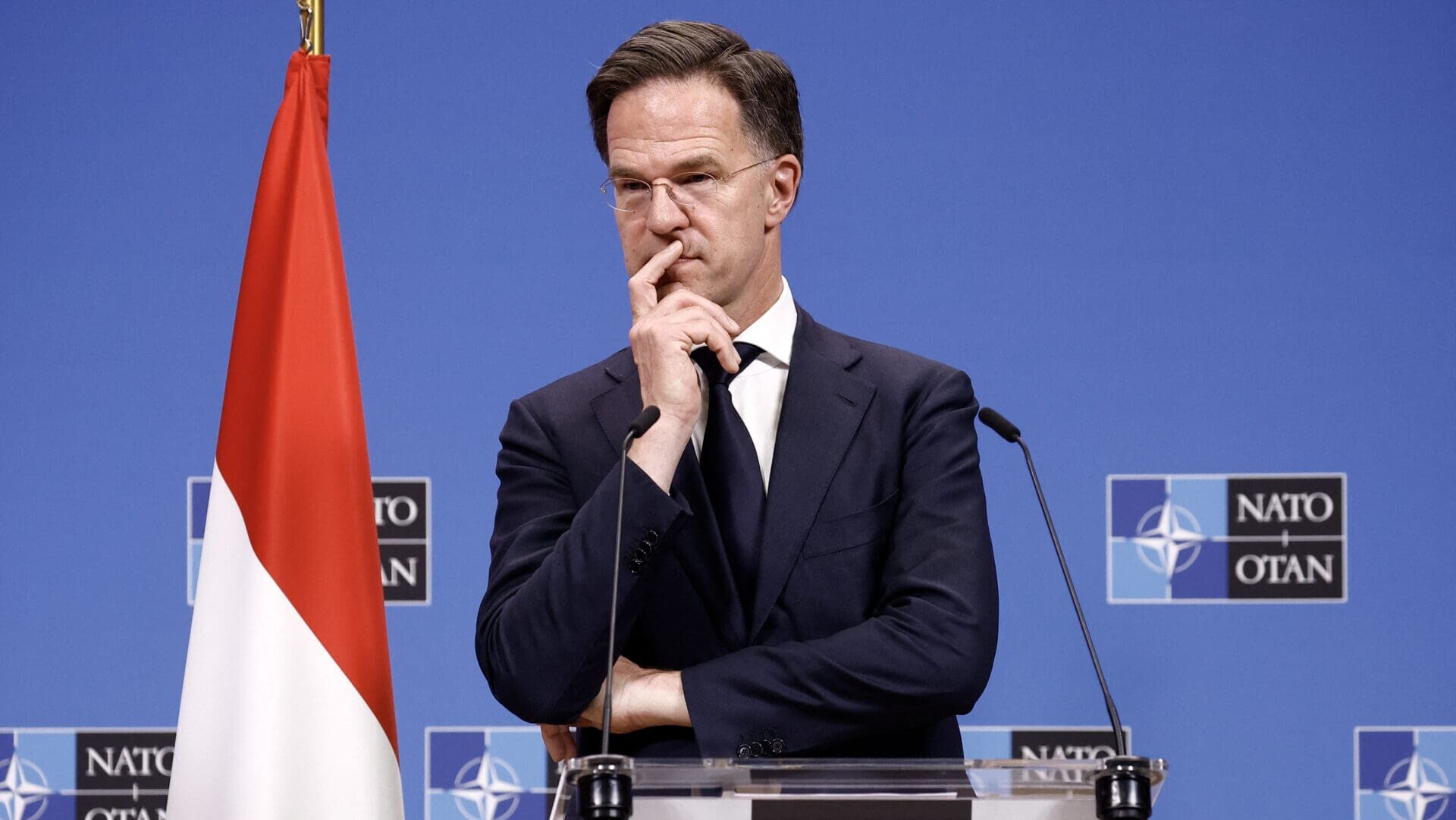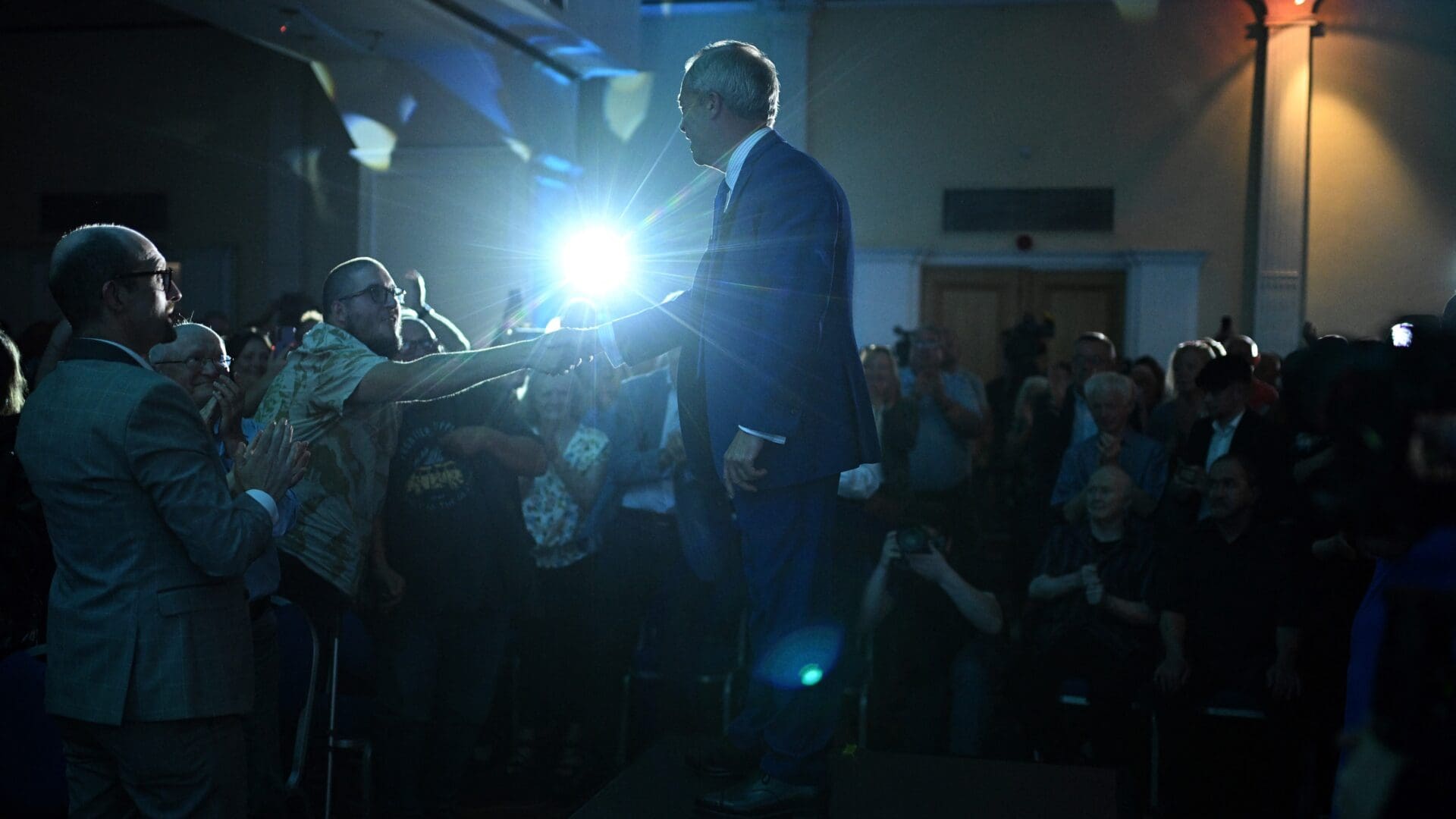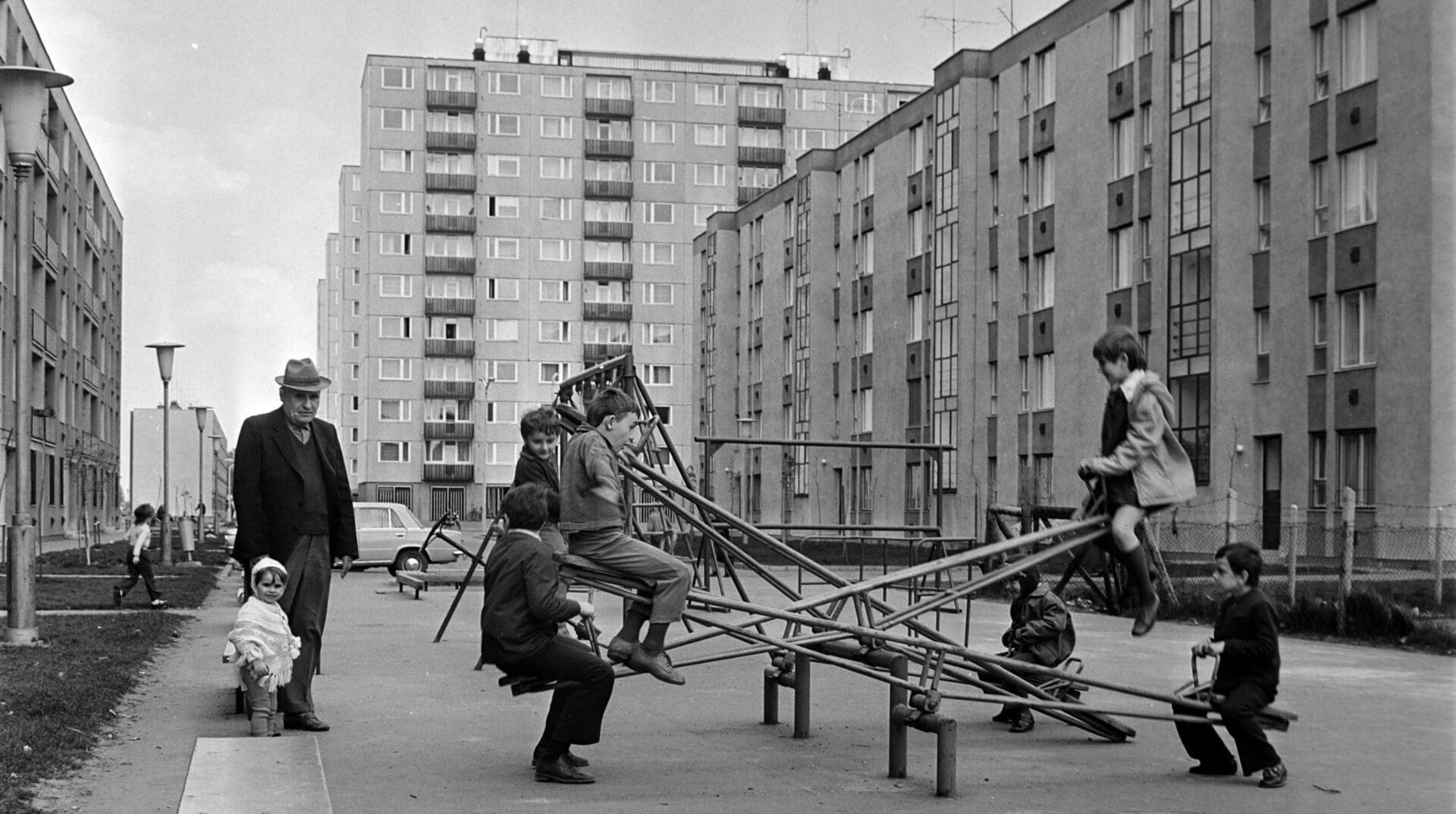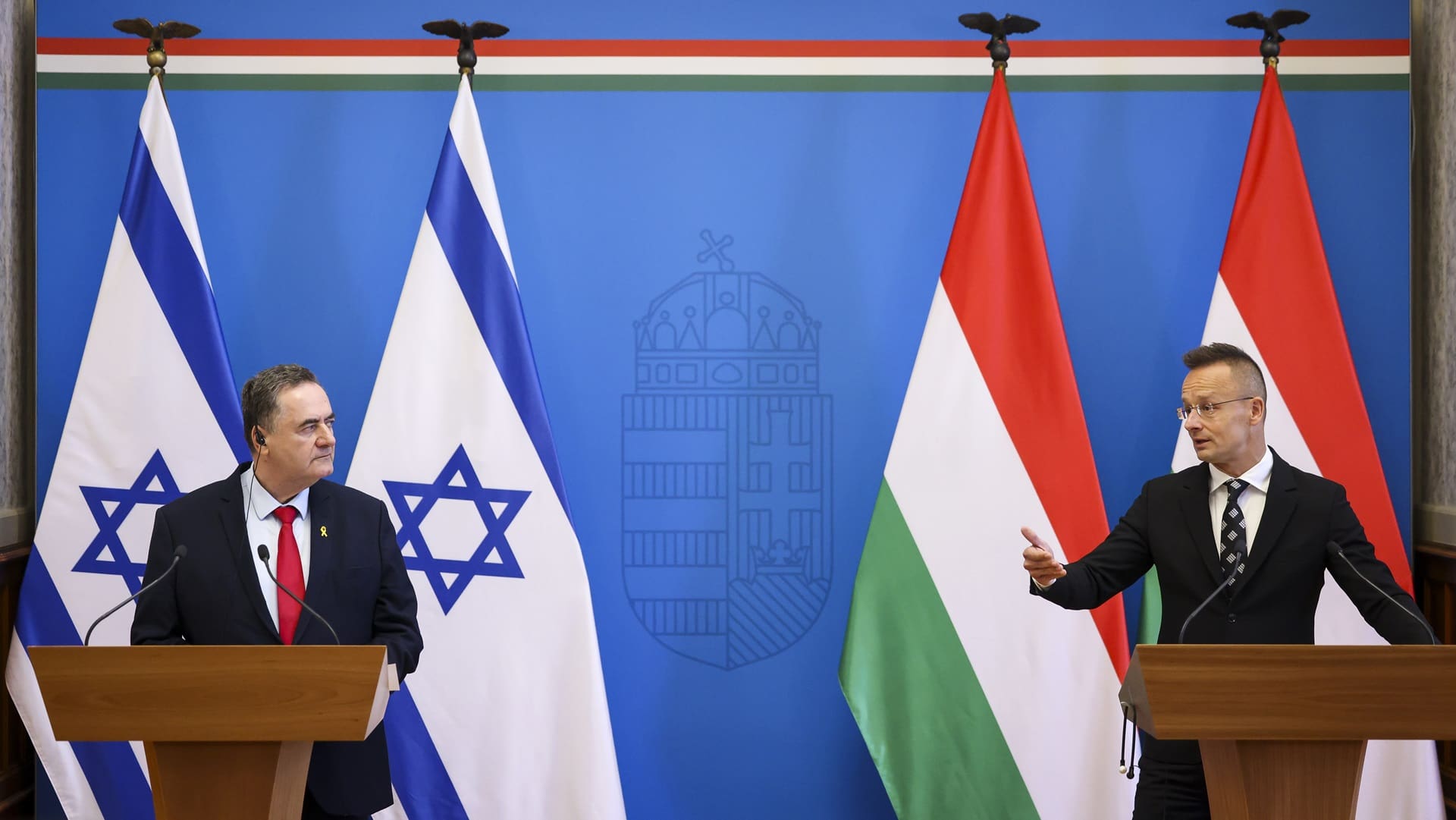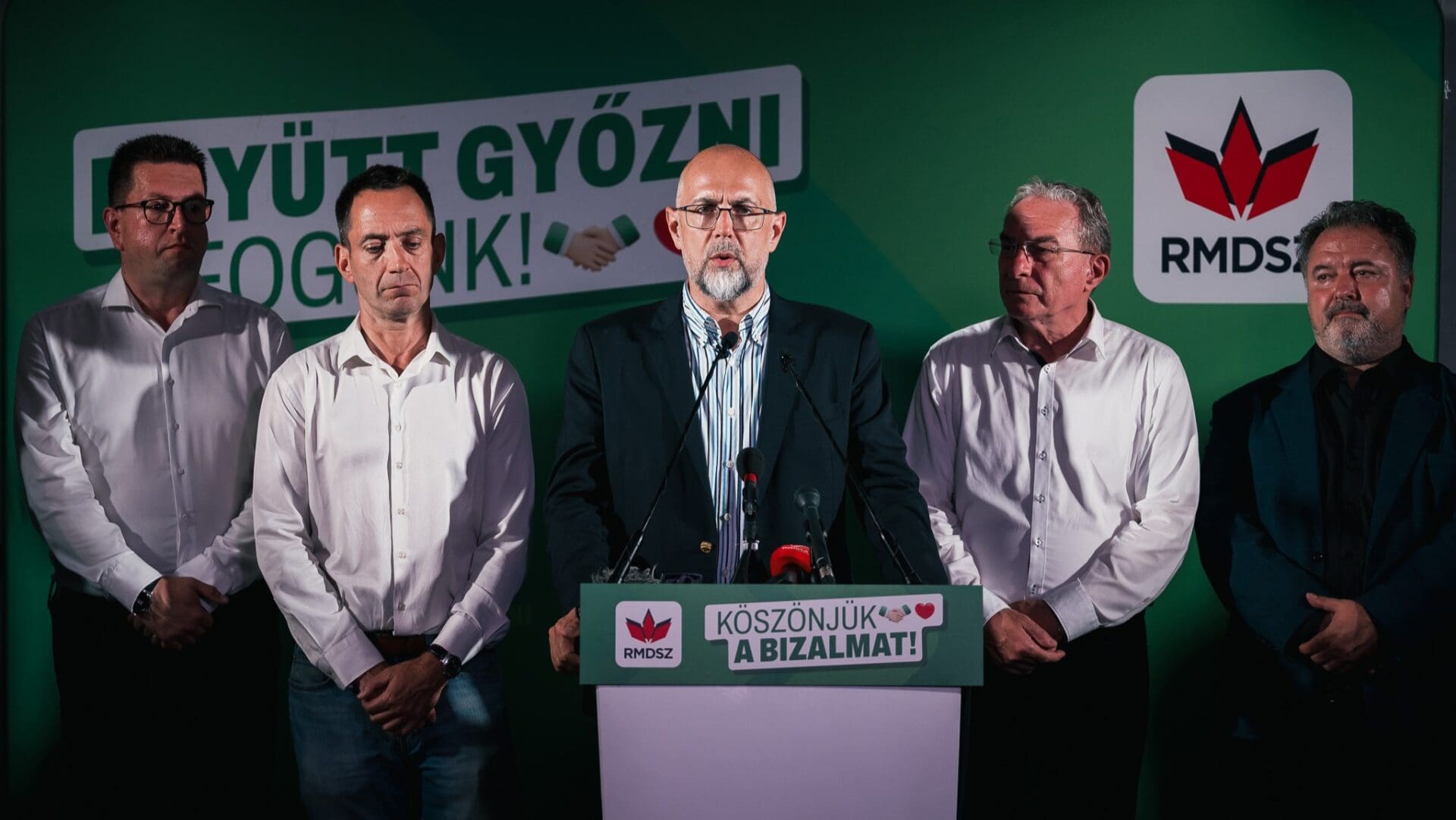
RMDSZ President Hunor Kelemen Highlights Best Election Results in Twenty Years
At the Union’s Representative Council (SZKT) meeting in Kolozsvár (Cluj-Napoca) on Thursday, the RMDSZ president stated that the alliance is the only credible representative of Hungarians in Transylvania. He explained that the RMDSZ serves as a tool for Hungarian advocacy and as an organizer for the Hungarian community in Transylvania, with over 90 per cent of votes for Hungarian parties going to RMDSZ candidates in this year’s local elections.

